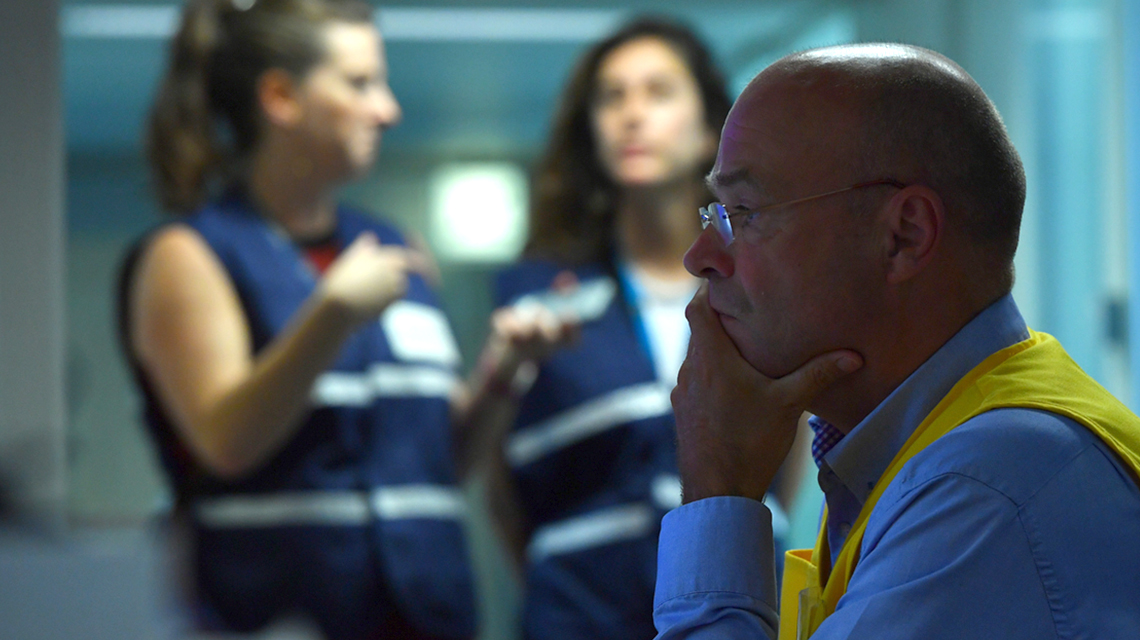The largest-ever international exercise simulating the global emergency response to a nuclear accident took place this week, involving hundreds of participants from 82 countries and 11 international organizations. The exercise was developed in cooperation with authorities in Hungary, which acted as the accident state in the scenario.
“It is important to prepare for the worst, even while working to ensure it never happens,” said Juan Carlos Lentijo, IAEA Deputy Director General and Head of the Department of Nuclear Safety and Security. “Through exercises like this, we can evaluate our readiness in case of a nuclear accident and identify good practices and areas for improvement.”
The exercise began at 4:30 a.m. on Wednesday 21 June. Over 36 hours, the IAEA worked in tandem with national authorities from around the world and international organizations to practice implementing the international framework for emergency preparedness and response. The exercise involved continuous 24/7 staffing at IAEA headquarters, with over 100 staff members working in shifts, and additional IAEA staff members involved in other roles, including testing various elements of the Agency’s Incident and Emergency System.
IAEA personnel answered simulated questions from national authorities from all over the world, while technical experts analysed incoming mock data and prepared periodic status summaries for sharing with emergency response teams worldwide.


